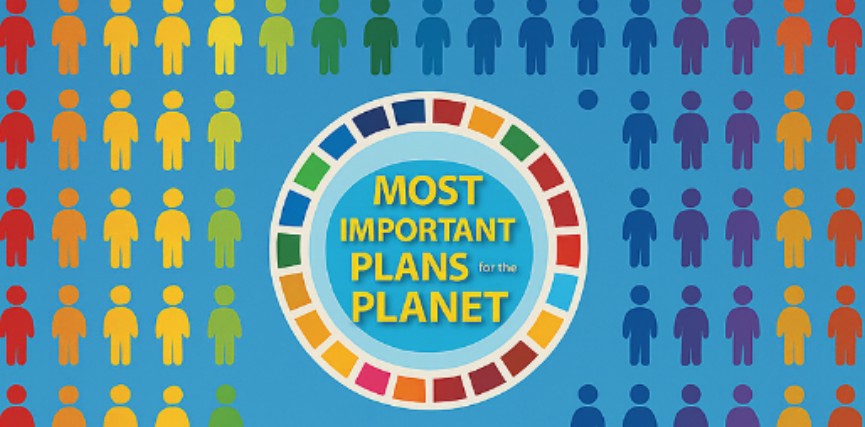The MIPP Capacity Cohort model is a groundbreaking training-to-deployment system that brings together 170 individuals, institutions, and enterprises—10 per Sustainable Development Goal (SDG)—to learn, co-create, and launch systems-based solutions for regenerative development. Through a TBD week intensive program, cohort members are trained in ethical governance (10Cs), impact design (PACIMs), equity verification (Care4Most), and outcome measurement (Z Outcomes). Each graduate earns the designation of “MIPP-Certified PACIM Architect” and co-develops a real, fundable, and verifiable project aligned with one of the 17 SDGs with MIPP.
These certified changemakers are then organized into MIPP Platoons—elite 10-member action teams per SDG—tasked with deploying regenerative infrastructure and systemic reforms within communities, companies, or institutions. Each Platoon acts as a living lab, strategy unit, and delivery engine—capable of building Sustainable Development Vehicles (SDVs) that tackle climate, equity, education, health, and governance challenges in an integrated, outcomes-first manner. Platoons serve as boots-on-ground operators, facilitating the Build–Operate–Transfer (BOT) rollout of PACIMs and RESETs while supporting government, business, and civil society transitions.
Finally, each PACIM is translated into a commercial SDV—a verified, ethics-scored, and investment-ready product that can be deployed by municipalities, companies, NGOs, or donor coalitions. These SDVs generate measurable social, environmental, and financial returns, all tracked via Z Outcomes and Care4Most dashboards. By packaging purpose as scalable infrastructure, the MIPP Cohort-Platoon-SDV model transforms learning into leadership, community needs into viable enterprises, and ethics into economic opportunity—unlocking a new generation of impact operators ready to regenerate systems from the ground up.


